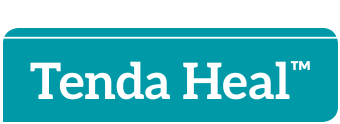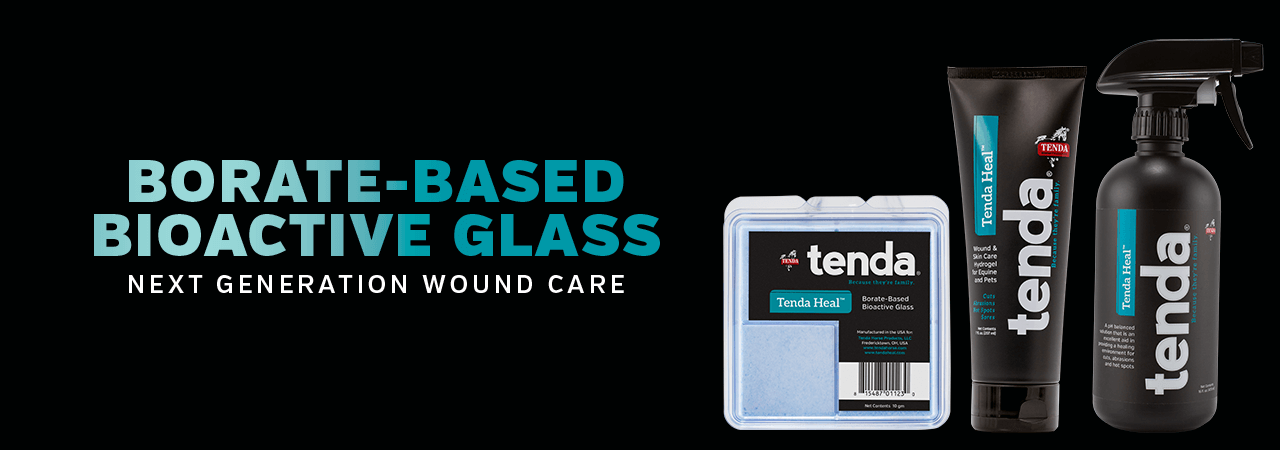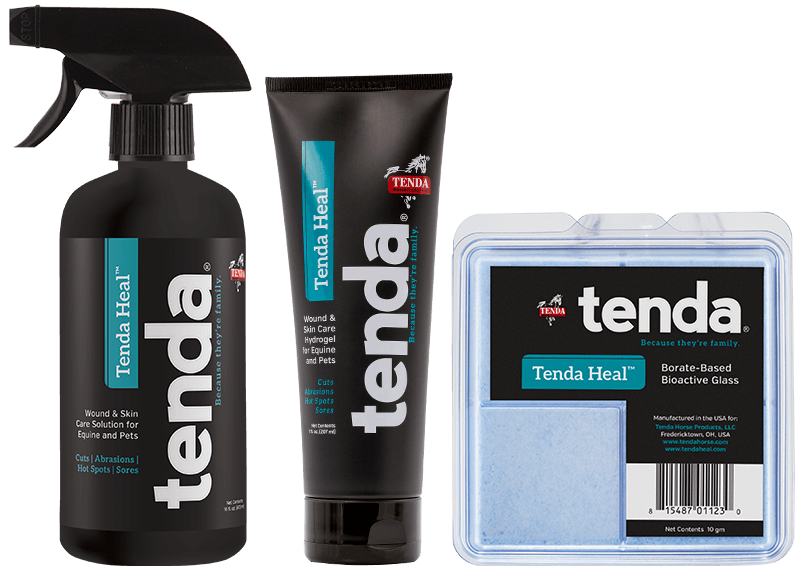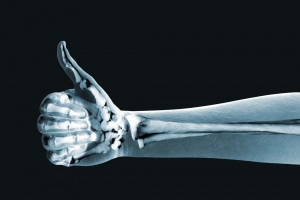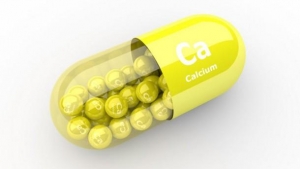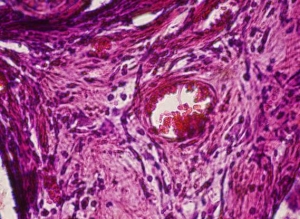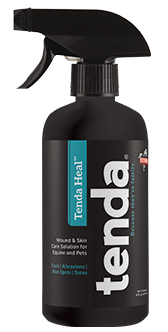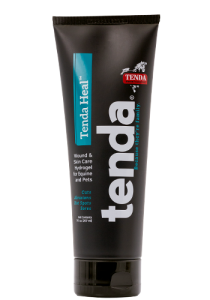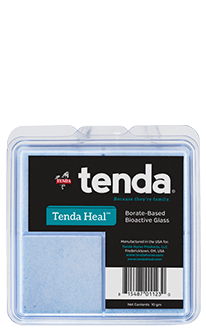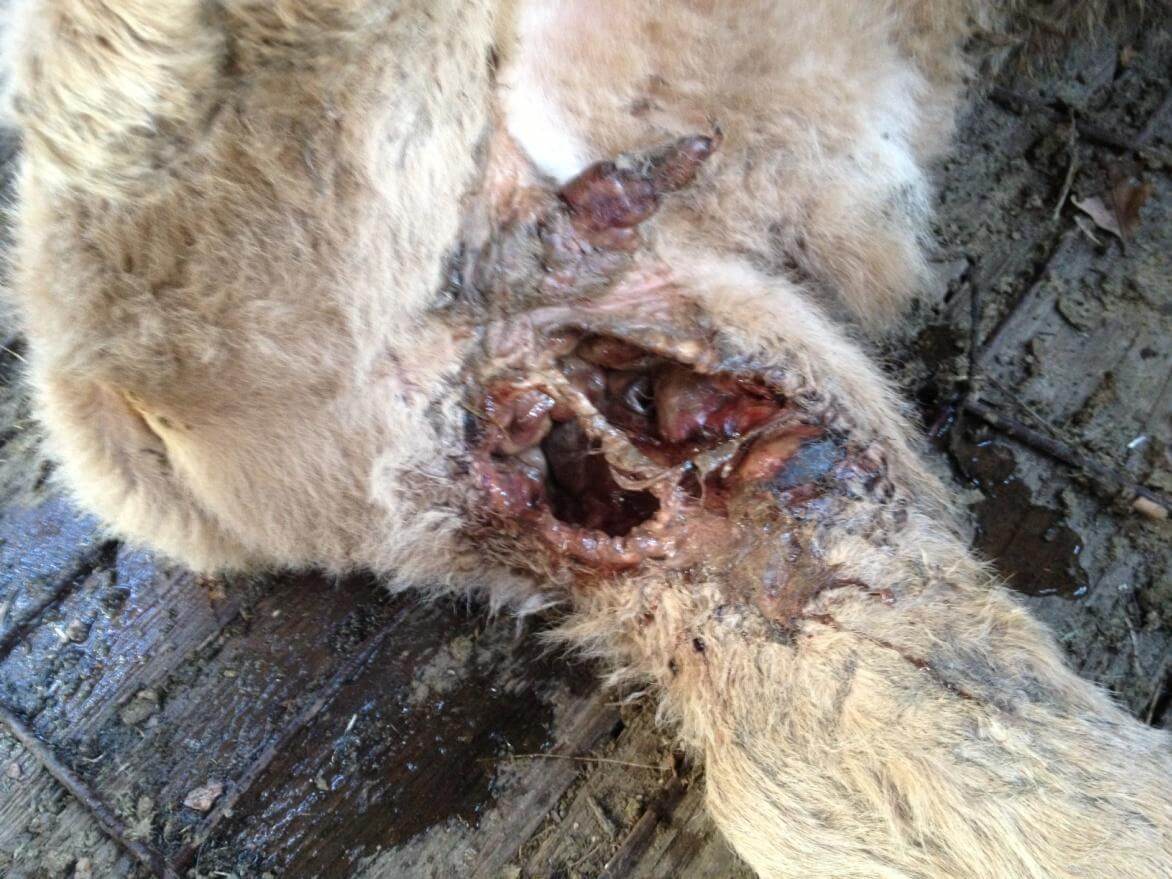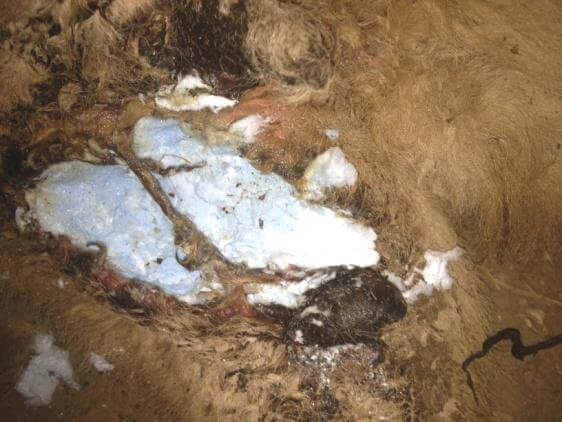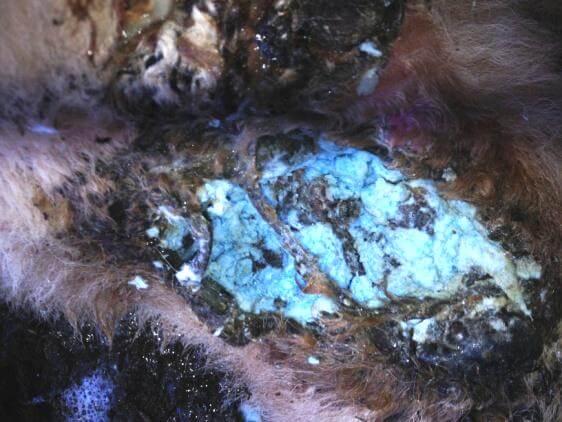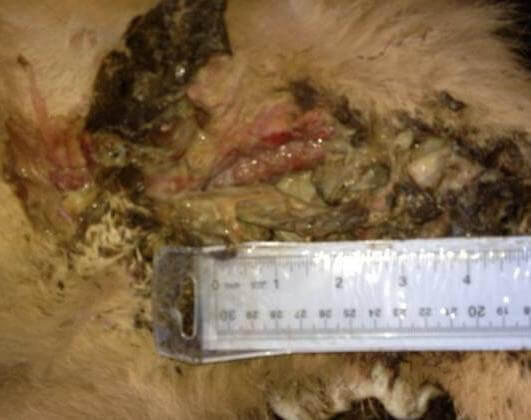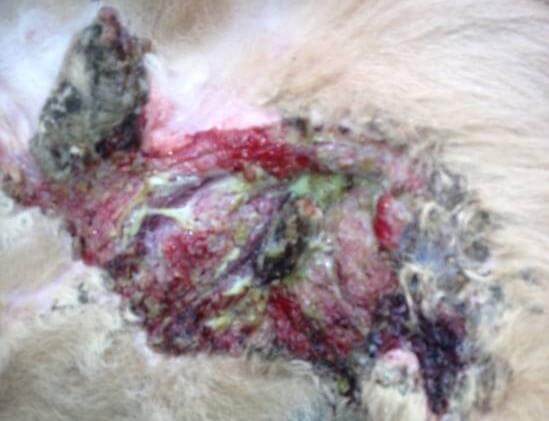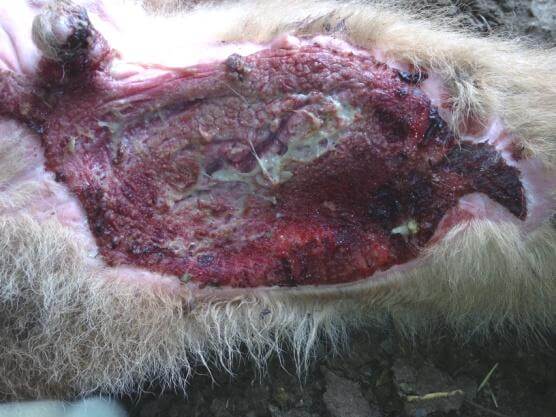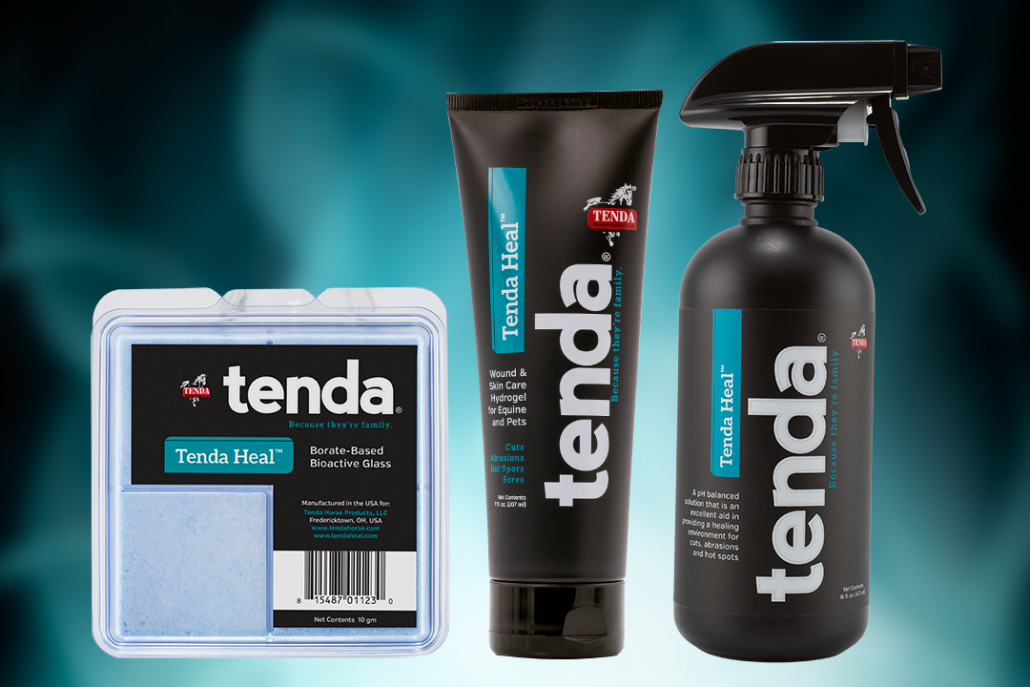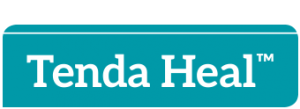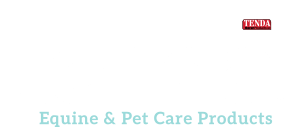The following information is based on research and case studies provided by Steven Jung, Ph.D., co-inventor of the Tenda Heal bioactive glass technology.
When it comes to wound healing, we know what we need to succeed.
The requirements for wound healing are well known.
- Consistent and sufficient oxygen supply
- Proper nutrients, enzymes, and cells
- Possible debridement of non-viable tissues
- Moisture/edema/exudate control
- Limited to no pathogenic colonization
If we can achieve this, we will have excellent outcomes.
Bioactive Glass is safe, with a 50-year track record.
- The concept of bioactive glass is not new, it’s primarily been focused on hard tissue regeneration since the 1970s.
- Bioactive glass is used in a variety of human applications from dental grafts to orthopedic implants as an additive in toothpaste for tooth desensitization, and now for wound care.
- Borate based bioactive glass compositions have passed all the ISO10993 testing required for biocompatibility and safety
- Technology is U.S. FDA cleared for soft tissue injuries in humans.
Path to success is thru Bioactive Glass
Tenda Heal™ is based on a platform of bioactive glass technology
- Bioactive glass is a biocompatible, and degradable material that bonds directly to living tissue.
- Bioactive glasses bond to living tissue (hard and soft) and act like a scaffold for cells to build tissue.
- As the glass degrades, ions such as calcium, copper, zinc, and boron release.
- These ions are critical to many biological reactions in tissue repair.
- Bioactive glasses are also beneficial for controlling pathogens.
Why Ions Matter
Boron
- Boron has been linked to bone health in mammals
- Animals given a boron deficient diet showed extreme skeletal deformation
- It is a natural antimicrobial material, effective against gram negative and gram positive bacteria and also fungi
Calcium
- Vital in the health of muscular, circulatory, and digestive systems
- Critical for bone formation
- Regulates the contractions of muscles and vasculature
- Chemical signal for blood clotting
- Acts as a chemical signal for the recruitment of cells through chemotaxis (calcium gradient)
Zinc
- Zinc is an essential micronutrient
- A co-factor in nearly every tissue, found in over 100 enzymes
- Only metal in all enzyme classes
- Zinc deficiency can lead to bone growth inhibition or delay
- A cofactor for the formation of alkaline phosphatase. The greatest amount of zinc in bone is located in the layer of osteoid prior to calcification
Copper
- Similar to zinc, structural and functional role in key enzyme systems
- Key player in bone metabolism
- The director element to stimulate endothelial cells to form a tube (angiogenesis)
- Antimicrobial
How does Tenda Heal™ work?
- The spray is a liquid extract from dissolving the glass ions
- To get started, we need to control the pathogens and clean the wound bed
- The spray should be applied first to start killing the bacteria and fungus that may be present
- Tenda Heal™ spray has been shown effective against planktonic and biofilm caused by the following pathogens.
- Eliminating the pathogens allows the healing process to progress
% Killing of Biofilm Bacteria (24 hours)
- P. aeruginosa:100%
- C. albicans: 100%
- S.aureus:100%
- A. baumannii:100%
*Study completed by Innovotech Inc.
**Data on file
Next, stimulating the healing process
This can be achieved by Tenda Heal cream or fiber
Tenda Heal™ Cream
- The cream version is ideal for cuts abrasions, hot spots and sores
- Works well on wounds that need moisture
- Minimal adherence to cover dressings
- Prolonged anti-infective and healing benefits due to bioactive glass constantly releasing ions
Tenda Heal™ Fiber
- Fiber pad acts as a flexible scaffold material for more significant wounds
- Phenomenal hemostatic properties (mimics blood clot)
- Excels at filling deep wounds
- Fiber structure can adsorb up to 5x its weight in moisture/exudate/edema (~50cc/pad)
- Prolonged anti-infective and healing benefits due to bioactive glass releasing ions
Case Study – Injured Calf
*Injury caused by barbwire fencing
Day Prior to Treatment
2” deep, 3”wide, 5”long
Day 1
Dry wound bed, no debridement prior to treatment
Day 3
Moist wound bed, strong odor, colonized
Day 5
Non-viable tissue releasing from wound bed, no odor
Day 8
Non-viable tissue mostly released from wound bed, wound has filled
Day 12
Non-viable tissue released from wound bed
What Tenda Heal™ Provides
Bioactive glass is the ideal choice for wound healing
- Consistent and sufficient oxygen supply
- Proper nutrients, enzymes, and cells
- Possible debridement of non-viable tissues
- Moisture/edema/exudate control
- Limited to no pathogenic colonization
This platform offers wound care solutions for every need and is a very forgiving method of treatment
